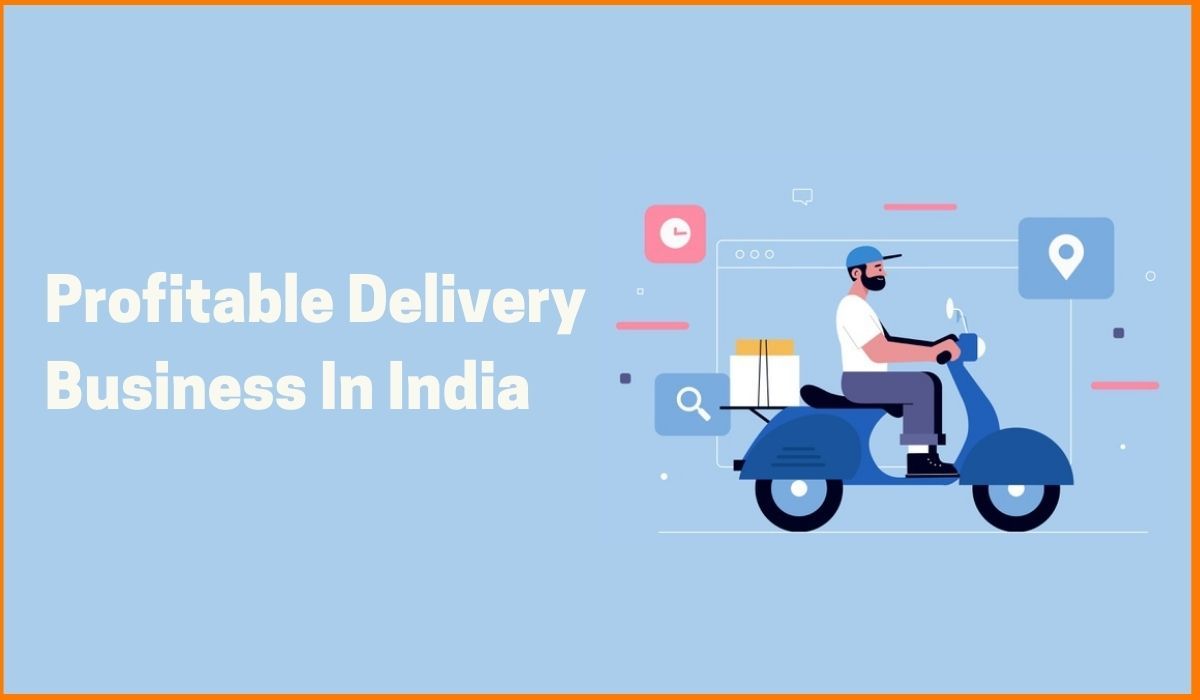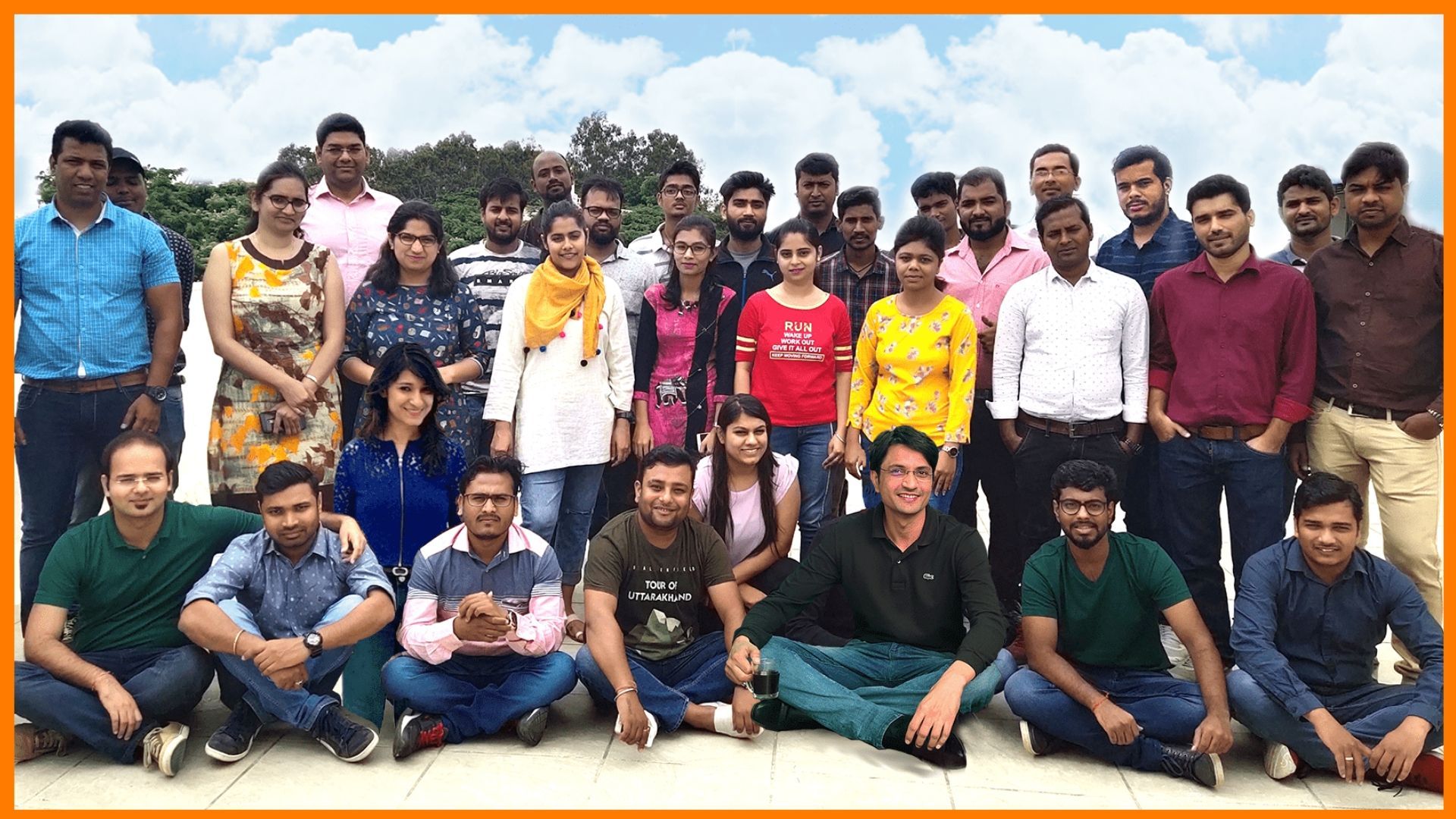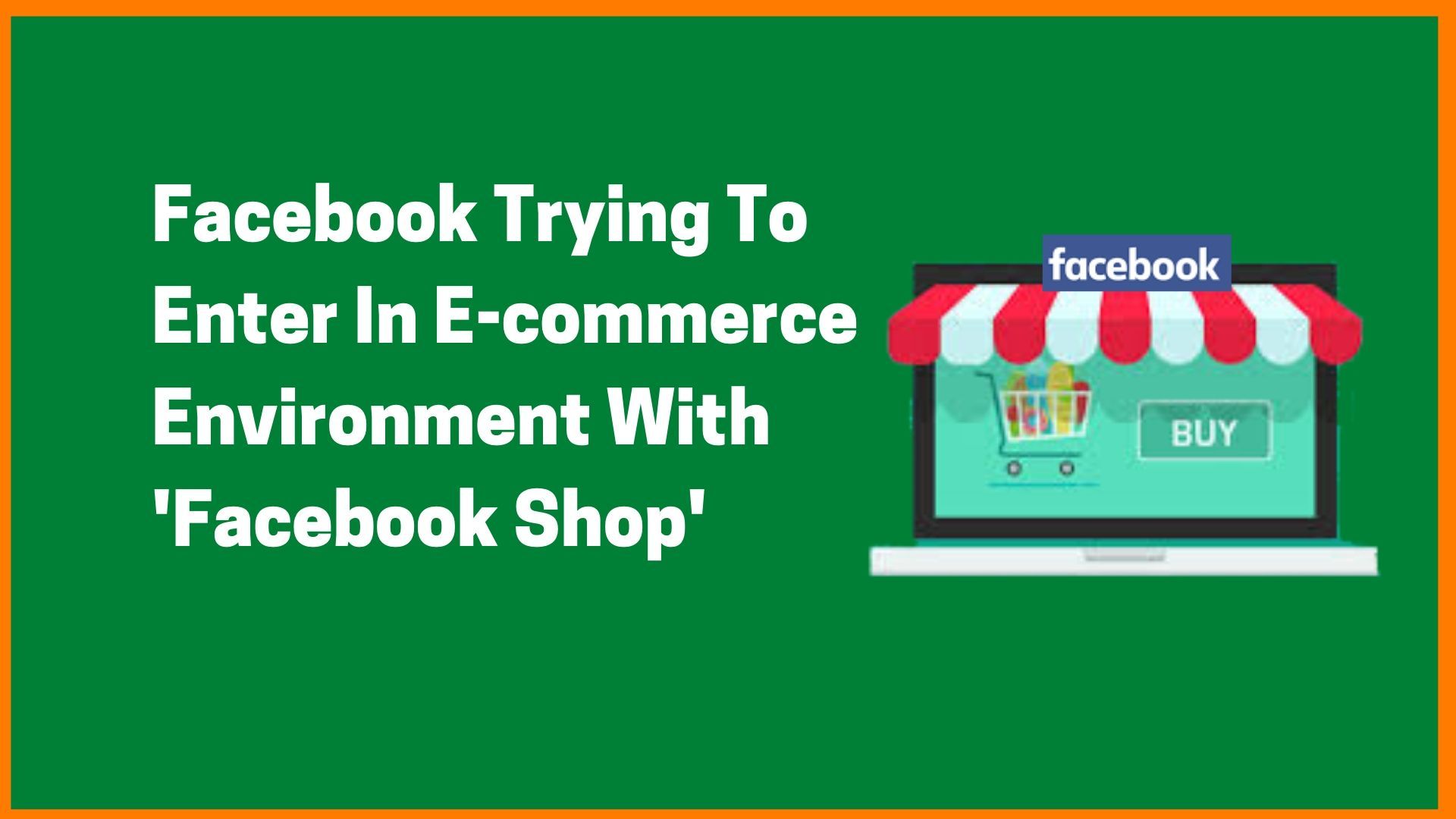Company Profile is an initiative by StartupTalky to publish verified information on different startups and organizations. The content in this post has been approved by the organization it is based on.
Citigroup Inc. is a diversified financial services holding company that provides a broad range of financial services to consumer and corporate customers. The Company services include investment banking, retail brokerage, corporate banking, and cash management products and services. Citigroup serves customers globally.
Citigroup is the third largest banking institution in the United States; alongside JPMorgan Chase, Bank of America, and Wells Fargo, it is one of the Big Four banking institutions of the United States.
Citigroup – Company Highlights
| Startup Name | Citigroup Inc. |
|---|---|
| Headquarters | New York, U.S |
| Industry | Financial services |
| Founders | Sanford Weill(Travelers Group), Samuel Osgood(Citicorp) |
| Founded | October 8, 1998 |
| CEO | Michael Corbat |
| Website | www.citigroup.com |
Citigroup – About and How it works?
Citigroup – Logo and its meaning
Citigroup – Founder and History
Citigroup – Mission
Citigroup – Business Model
Citigroup – Revenue and Growth
Citigroup – Investments
Citigroup – Acquisitions
Citigroup – Competitors
Citigroup – Challenges Faced
Citigroup – Future Plans
Citigroup – About and How it works?
Citigroup Inc. or Citi is an American multinational investment bank and financial services corporation headquartered in New York City. The company was formed by the merger of banking giant Citicorp and financial conglomerate Travellers Group in 1998; Travellers was subsequently spun off from the company in 2002. Citigroup owns Citicorp, the holding company for Citibank, as well as several international subsidiaries. Citi is incorporated in New York.
Citigroup is the third largest banking institution in the United States; alongside JPMorgan Chase, Bank of America, and Wells Fargo, it is one of the Big Four banking institutions of the United States. It is a systemically important financial institution and is on the list of systemically important banks that are commonly cited as being too big to fail. It is one of the nine global investment banks in the Bulge Bracket.
Citigroup is ranked 30th on the Fortune 500 as of 2019. Citigroup has over 200 million customer accounts and does business in more than 160 countries. It has 204,000 employees, although it had 357,000 employees before the financial crisis of 2007–2008, when it was bailed out by a massive stimulus package from the U.S. government.
Citigroup is the holding company for the following divisions: Bank Handlowy (Poland), Citibank Argentina, Citibank Australia, Citibank Bahrain, Citibank China, Citibank Europe, Citi Private Bank, Citibank (Hong Kong), Citibank India, Citigroup Global Markets Japan, Citibank Indonesia, Citibank Korea, Citibank Malaysia, Citibank Russia, Citibank Singapore, Citibank Uganda, Citibank United Arab Emirates, and Grupo Financiero Banamex.
Citigroup – Logo and its meaning

In 1812, City Bank of New York was organized. The name Citicorp was adopted in 1967 as an abbreviation of First National City Corporation. By then, the nickname “Citibank” already existed. In fact, it was in use since the 1860s, when it was the bank’s eight-letter wire code address.
The word “Citigroup” was reduced to “Citi”, a simpler, lighter type. The red umbrella of the old logo transformed into a red curve. The logo was developed by Paula Scher from Pentagram.

Citigroup – Founder and History
Sanford Weill (Travelers Group) and Samuel Osgood (Citicorp) are the founders of Citigroup.
Citigroup’s origins date to the early 19th century. In 1811 the U.S. Congress refused to renew the charter of the First Bank of the United States—the country’s central bank, which had branches in cities such as New York. Thus, on June 16, 1812, some First Bank’s New York shareholders and other investors secured state incorporation of the City Bank of New York, which was later established in the branch banking rooms of the old First Bank.
The bank grew as New York City became the nation’s commercial and financial capital, and in 1865 it was chartered under the National Bank Act and renamed the National City Bank of New York. In 1897, it became the first large American bank to open a foreign department and, in 1915, became America’s leading international bank upon the purchase of International Banking Corporation (founded 1902), which had 21 overseas offices in 13 countries and territories.
Other mergers and acquisitions in the United States and overseas expanded the bank. Notably, in 1931 it acquired the Bank of America, N.A. (another descendant of the First Bank of the United States and no relation to the former California-based bank founded by Amadeo Peter Giannini). In 1955, it merged with the First National Bank of the City of New York (founded 1863). Upon the latter merger, the consolidated company took the name of First National City Bank of New York.
Citigroup – Mission
Citigroup’s mission statement,”Citi’s mission is to serve as a trusted partner to our clients by responsibly providing financial services that enable growth and economic progress. Our core activities are safeguarding assets, lending money, making payments and accessing the capital markets on behalf of our clients. We have 200 years of experience helping our clients meet the world’s toughest challenges and embrace its greatest opportunities. We are Citi, the global bank – an institution connecting millions of people across hundreds of countries and cities.”
Citigroup – Business Model
Citi provides a broad range of financial and banking services that target a wide range of corporate, institutional, and individual clients around the world.
The company’s primary customer segments can be listed as follows:
- General Consumers, comprising the general consumer population across the company’s numerous operating jurisdictions, to which it provides consumer banking and credit services;
- High-Net Worth Individuals, comprising affluent consumers and family offices to which the company provides specialist wealth management services;
- Corporations, comprising small, medium, and large business across multiple sectors, to which the company provides a range of retail banking services;
- Institutions, comprising various non-governmental organizations, charities, and other institutions to which the company provides wealth management and retail banking solutions;
- Government Bodies, comprising government departments, public sector entities, and other governmental institutions to which the company provides a range of banking services.
Citi serves around 2 million customers across more than 160 countries worldwide. The bulk of the company’s revenue is derived from customers in North America, with the remainder divided between Latin America, Asia, and Europe, the Middle East, and Africa.

Citigroup – Revenue and Growth
| Year | Amount | Percentage change from last year |
| — | — | — | — |
| 2020 | $94.702B | -7.61% |
| 2019 | $103.449B | +6.52% |
| 2018 | $97.12B | +9.17% |
| 2017 | $88.962B | +6.79% |
Citigroup – Investments
Citigroup has made 86 investments. Their most recent investment was on Oct 15, 2020, when 4G Capital raised KES285M.
| Date | Organization Name | Round | Amount |
|---|---|---|---|
| Oct 15, 2020 | 4G Capital | Debt Financing | KES285M |
| Oct 6, 2020 | AccessFintech | Series B | $20M |
| Oct 5, 2020 | Genesis Global | Corporate Round | – |
| Sep 30, 2020 | BioCatch | Series C | $20M |
| Sep 22, 2020 | CloudMargin | Series B | $15M |
| Sep 10, 2020 | Capitolis | Venture Round | $11M |
| Aug 19, 2020 | PadSplit | Series A | $4.3M |
| Aug 18, 2020 | Solidatus | Corporate Round | – |
| May 15, 2020 | Spark Systems | Series B | SGD15M |
Citigroup – Acquisitions
Citigroup has acquired 6 organizations. Their most recent acquisition was The BISYS Group on Aug 1, 2007.
| Aquiree Name | Date | Amount | About Acquiree |
|---|---|---|---|
| The BISYS Group | Aug 1, 2007 | – | The BISYS Group global outsourcing solutions firm that helped investment firms and insurance companies to more efficiently serve |
| Automated Trading Desk | Jul 2, 2007 | $680M | Automated Trading Desk develops automated trading systems for the trading companies, buy and sell-side firms, and financial institutions |
| Quilter Cheviot | Dec 13, 2006 | – | Quilter Cheviot operates as an independently owned discretionary investment management firms |
| Koram Bank | Feb 18, 2004 | – | KorAm is the sixth largest commercial bank in Korea |
| Banamex | May 18, 2001 | – | Banamex offers the best financial products and services: Credit Cards, Mortgage loans, Personal loans, exchange rate |
| European American Bank | Feb 13, 2001 | – | European American Bank |
Citigroup – Competitors
Citi‘s top competitors include State Street, BNP Paribas, Morgan Stanley, RBS, HSBC, Bank of America, Wells Fargo, JPMorgan Chase, CIT and State Bank of India.

Citigroup – Challenges Faced
One issue forces the bank to haemorrhage cash, the other prevents it from returning money to shareholders.
- Analysts say the bank still has to get rid of dead weight on its balance sheet. That weight takes the form of underperforming, low-return businesses and Citi Holdings, the bank’s cluster of bad assets and businesses put together after the financial crisis.
- The second issue with Citi analysts want to see cleaned up is the bank’s legal mess in Mexico. Few months ago, regulators accused Citi’s subsidiary, Banamex, of defrauding clients.
- The New York-based bank slashed jobs across its fixed-income and stock-trading operations over the course of 2019, according to people familiar with the matter. That included at least 100 jobs in the equities unit, which would amount to almost 10% of the division’s workforce.
Citigroup – Future Plans
Citi announced its new five-year 2025 Sustainable Progress Strategy to help accelerate the transition to a low-carbon economy. This new strategy includes a $250 Billion Environmental Finance Goal to finance and facilitate climate solutions globally. This builds on Citi’s previous $100 billion goal announced in 2015 and completed last year, more than four years ahead of schedule.
This new strategy, integrated into Citi’s Environmental and Social Policy Framework, will focus on three key areas over the next five years:
- Low-Carbon Transition: Citi aims to finance and facilitate an additional $250 billion in low-carbon solutions, in addition to the $164 billion the bank counted toward its $100 Billion Environmental Finance Goal (2014-2019). This new goal includes financing and facilitating activities in renewable energy, clean technology, water quality and conservation, sustainable transportation, green buildings, energy efficiency, circular economy, and sustainable agriculture and land use. Citi will continue to develop innovative financing structures and seek opportunities to scale positive impact in these areas while supporting clients across all sectors in the low-carbon transition.
- Climate Risk: Measuring, managing and reducing the climate risk and impact of Citi’s client portfolio is a key aspect of a low-carbon transition. Citi has been a leader in climate assessment and disclosure in alignment with the Task Force on Climate-related Financial Disclosures (TCFD) recommendations, releasing its first TCFD report in 2018. Citi will further test the resilience of its lending portfolios to transition risks and physical risks related to climate change, and continue to disclose in line with TCFD.
- Sustainable Operations: This strategy includes fourth generation operational footprint goals focused on GHG emissions, energy, water, waste reduction and sustainable building solutions. Since 2005 we have reduced 3,600 GWh of energy use and avoided 2.4 million MTCO2e, equal to the GHG emissions of over half a million cars on the road for a year (equivalency provided by EPA calculator). While climate science requires global CO2 emissions to be reduced by 45 percent by 2030, Citi is accelerating that timeline with a 45 percent reduction target in CO2 emissions by 2025. Citi expects to meet its goal of sourcing 100 percent renewable electricity to power facilities globally before the end of 2020.



















































